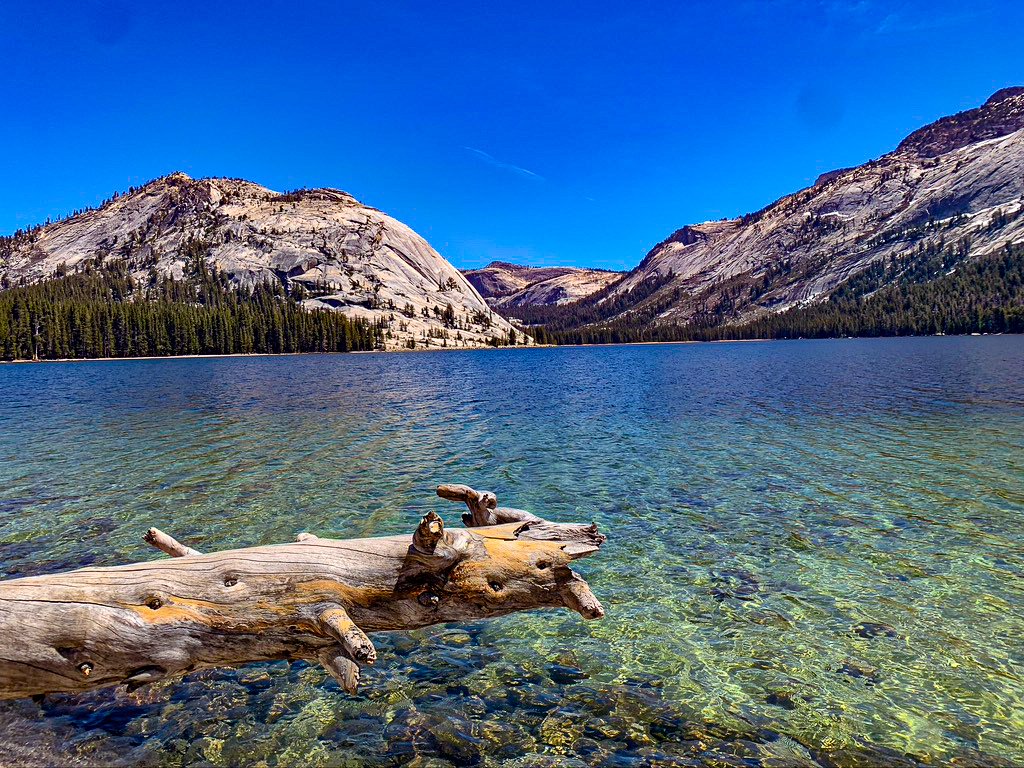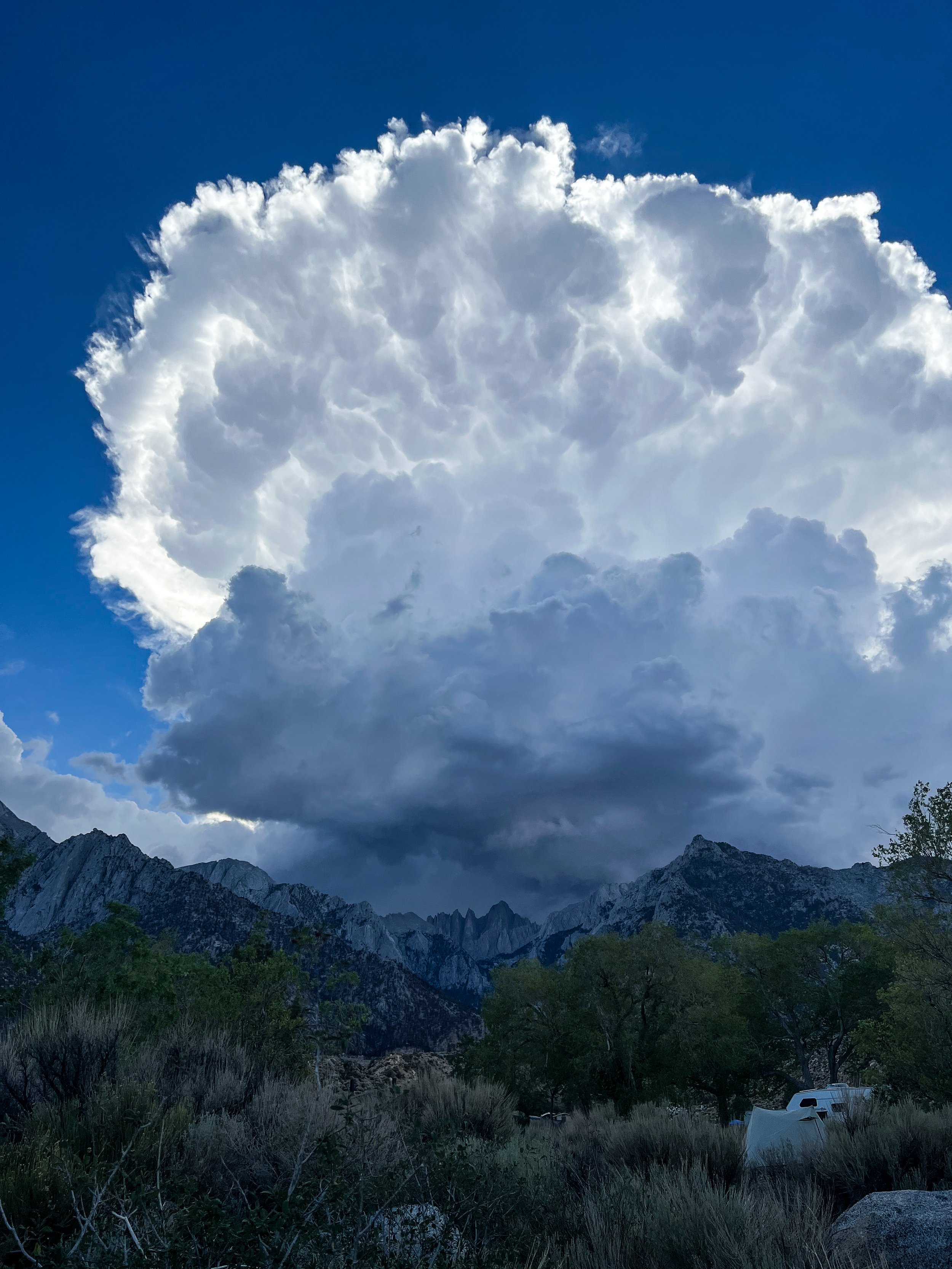
Have You Even Been Purifying Your Water?
Water purification in the backcountry isn't just a matter of convenience; it's an essential safety practice for anyone venturing into remote areas. The wilderness offers stunning landscapes and the serenity of nature, but it also poses hidden dangers, some in the water sources that are relied on for hydration. Unpurified water can contain pathogens such as giardia and other viruses that can lead to serious illness. Understanding the differences between water filters and water purifiers is crucial for safe hydration and in potential instances, for survival.
This article explores the risks of drinking untreated water, including the presence of water viruses and the impact of water turbidity on the effectiveness of purification methods. It compares water filtration with more comprehensive water treatment solutions, such as purification methods, and discusses the pros and cons of each.

Avoiding Flash Floods: How to Choose a Safe Campsite
Choosing a safe and comfortable campsite is critical for a memorable and secure camping experience, especially when camping near mountains where flash floods can pose a serious risk.
To avoid the dangers of flash floods, specifically in mountain regions, selecting a campsite with good water drainage, away from water sources, and after assessing the terrain is crucial. By maintaining a safe distance from trails and other campers, one ensures privacy and reduces environmental impacts while preparing for sudden weather changes that mountains are often susceptible to.

The Science Behind Increased Urination at High Elevation
Venturing to high elevations subjects the body to lower oxygen levels, approximately 60% of what is available at sea level. This diminished oxygen supply, or hypoxia, triggers a myriad of physiological alterations, including an uptick in respiration and heart rates, fluid release by the blood, visual impairments, and a notable increase in the blood's pH levels to become more alkaline. These effects are in response to the body's response to high altitude environments.
This article explores the science related to the body's adaptation to high elevation, with particular focus on the increased urination phenomenon known as altitude diuresis. Additionally, it will touch upon the implications of dehydration and fluid balance and offer prevention and management strategies for individuals exposed to high elevations. It is imperative to have an understanding of the science behind our body’s physiological responses at high elevation.

Smart Guide: Tips for Hiking in the Rain
Hiking in the rain, with its unique challenges and rewards, can transform a routine trail into an enchanting adventure. Proper preparation is crucial to embracing the rainy hiking experience fully, from selecting the right gear to understanding the nuances of wet-weather navigation. The trick lies in gearing up correctly, and being keenly aware of trail hazards that the weather might bring.
Hiking in the rain goes beyond merely enduring the weather; it's about enjoying the lush landscapes and the fresh, earthy scents that come alive when it rains. This guide covers tips for staying safe and making the most out of your rain-soaked hiking, camping, or backpacking adventure. Embracing the rainy environment invites a memorable outdoor experience that stands out from the typical sunny-day excursions.

Surviving Lightning: A Comprehensive Guide to Hiking Safely
This guide ahead serves as an essential primer on navigating the treacherous terrain of lightning safety while hiking. This article tackles critical measures such as recognizing the warning signs of a storm, apt preparation strategies pre-hike, seeking immediate shelter, adopting the lightning safety position, and debunking prevalent myths that endanger lives. Furthermore, it discusses life-saving first aid practices for individuals struck by lightning and concludes with a summary of best practices. The content, interwoven with real-life stories and reader inquiries, underscores the significance of preparation and the correct response to lightning threats, ensuring a safer hiking experience.